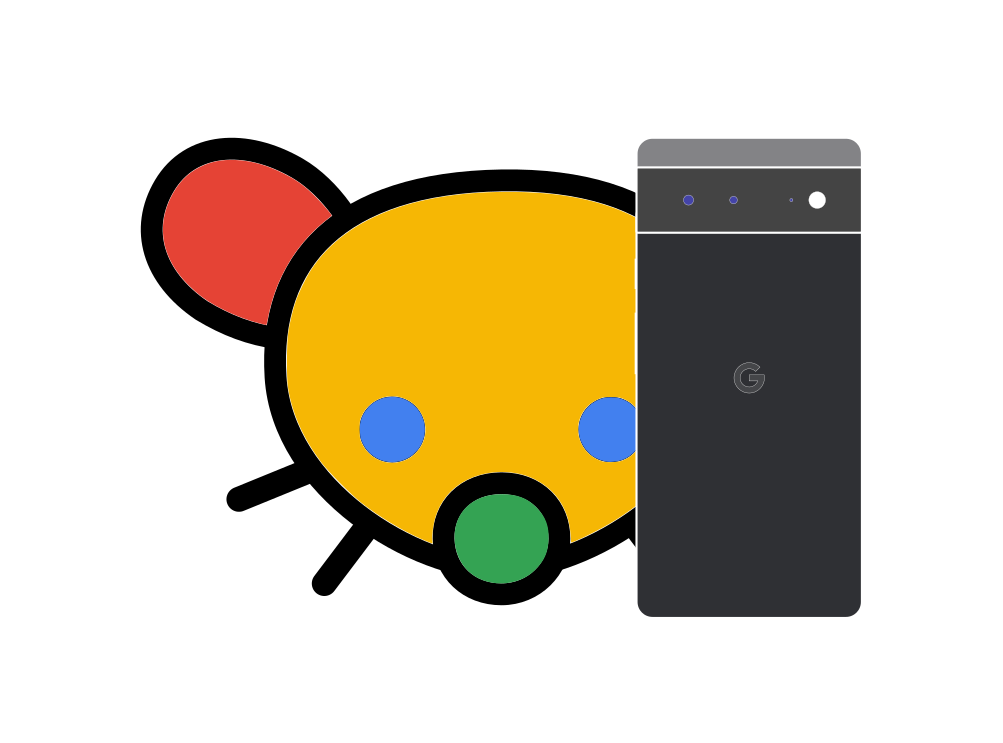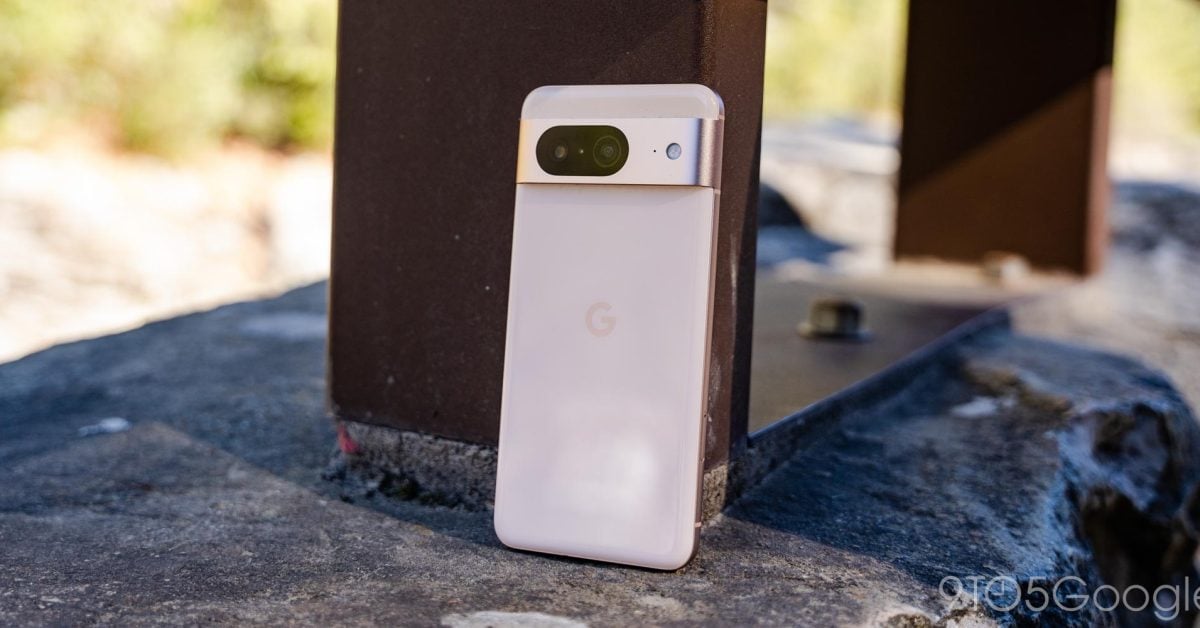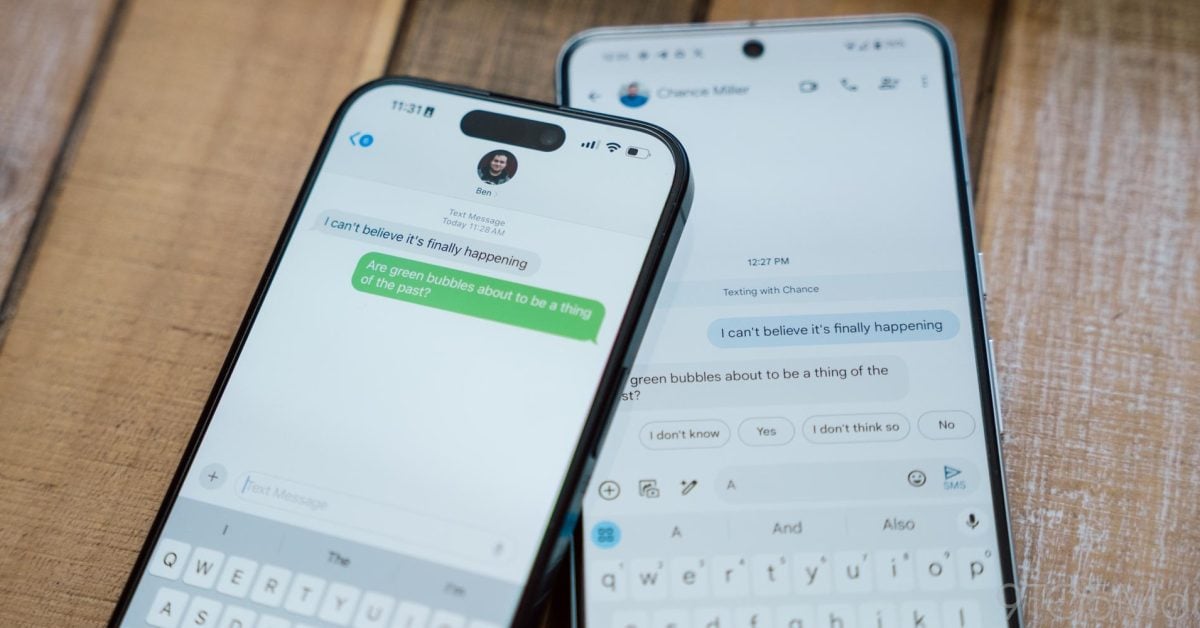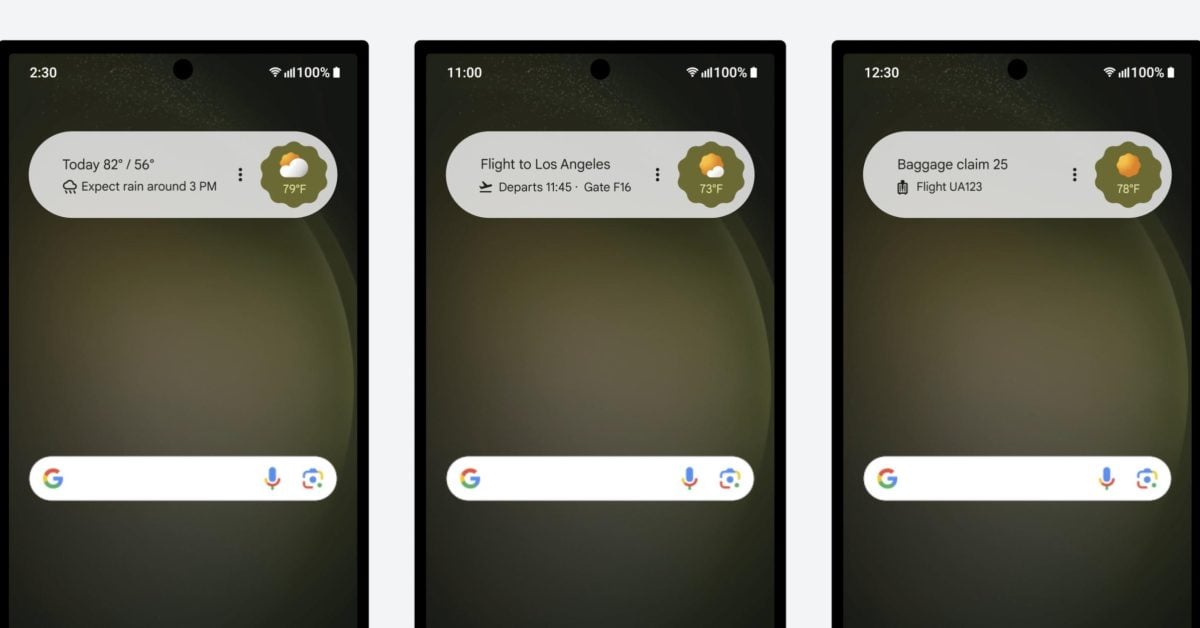- 18 Posts
- 43 Comments

 1·1 year ago
1·1 year agoYeah but it doesn’t work on macOS, only Surface Pro and Raspberry Pi, and a few others I think.

 3·1 year ago
3·1 year agoThe M2 chip is ARM, it just adds some hurdles. I think there’s some work being done for dual-booting Linux on the M2 chip, but as for Windows you have to use Parallels in macOS.
Older Macs with Intel processors will of course run any OS no problem.

 1·1 year ago
1·1 year agoI just worry about driver support as I do for Lenovo. They’re probably fine, but again, I haven’t used a Dell in a while.

 44·1 year ago
44·1 year agoDell XPS might be good but I’m not sure, somehow I doubt it.
Macs of course will work properly, at the expense of having to use macOS.
My trio used to be Apple, Dell and Lenovo. But now it’s Framework and Apple.

 193·1 year ago
193·1 year agoLenovo is shit. They really aren’t worth a damn anymore.
I’ve had fingerprint driver issues with my expensive Lenovo Yoga, and AHCI driver issues with an expensive Lenovo ThinkPad. Support is non existent, and if you do manage to find any help through their channels, they don’t help and don’t care.
My next laptop will be with Framework or some other company that doesn’t try to screw me.

 1·1 year ago
1·1 year agoThe “Phone Barn” market is incoming

 5·1 year ago
5·1 year agoI’ve also been on the beta. Overall Android doesn’t seem to have really change though, aside from maybe better battery life and minor aesthetic changes.

 5·1 year ago
5·1 year agoI side loaded it and it works great!

 6·1 year ago
6·1 year agoA week ago I got my phone screen repaired. The best current workaround for this is to enable profile modes and enable Guest Mode. They can’t access anything else on your phone this way and can still test everything.

 91·1 year ago
91·1 year agoAlmost seems like the scratching of the phone is intentional. It would bring down the resale costs of the device and make them harder to trade in, and prompts consumers to think their phone is older than it really is in order to get them to buy a new one.
Not to mention that the heating issues on iPhone 15 are going to kill the battery faster than previous phones that do not overheat.

 2·1 year ago
2·1 year agoAdded it to the description, thanks!
Mine is also still working here in the US

 3·1 year ago
3·1 year agoI’m not sure it does have temperature tracking, unless it’s just locked right now.

 4·1 year ago
4·1 year agoI skimmed to try and to find the details on that but couldn’t find if it’s US only or not.

 3·1 year ago
3·1 year agoOops! Fixed the title

 5·1 year ago
5·1 year agoI read the opposite! There is indeed WiFi 7
https://www.91mobiles.com/hub/google-pixel-8-pro-specifications-revealed/

 32·1 year ago
32·1 year agoIn computer security, you always have to consider both physical and digital security. They go hand in hand.
You can put as many passwords on a computer as you want but as soon as you have local access to a computer or storage device it’s game over.
Check out the 8 security domains in relation to computer security.
https://www.itgovernance.co.uk/blog/the-8-cissp-domains-explained#asset-security

 52·1 year ago
52·1 year agoIf you yank out an SD card on it from a phone that was forgotten behind:
- You now have access to all of the potentially unencrypted files on it
- Threat actors can replace trusted files with malicious ones to exploit potential vulnerabilities in applications running on the Android device
- In 5 seconds you’ve walked away with it, as opposed to a laptop which requires you to physically unscrew it
If you have a phone without an SD card they only have access to the USB port, which is locked with software and in some cases hardware. Removing the SD card slot is one less attack vector, it will make the device more secure one way or another.
Leaving your laptop around someone can also yank the SSD. Modern laptop operating systems generally have the option to encrypt their storage devices.
You can encrypt microSD cards but you must do file transfers through the phone itself through USB which I guess is no different than having an encrypted drive on a laptop. I haven’t looked into how modern SD encryption works on Android.










Looks like everything is essentially in the same spot UI wise, but with a native application that hopefully gets moving a lot faster.
I’ve noticed that currently on Bitwarden, for auto fill it takes 6-7 seconds just to get authenticated with fingerprint and fill in the username and password field. That should hopefully be down to like 2 or 3 seconds.